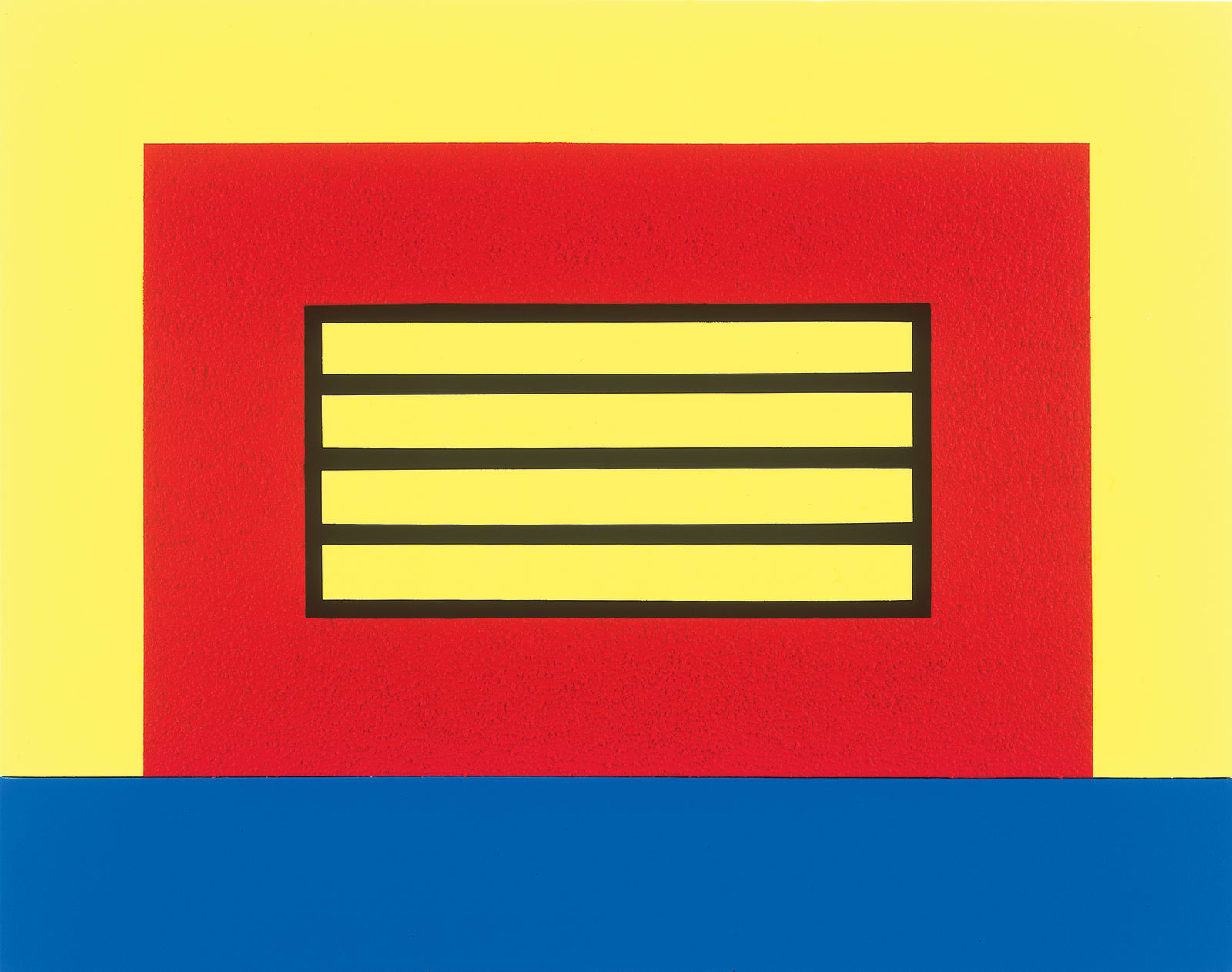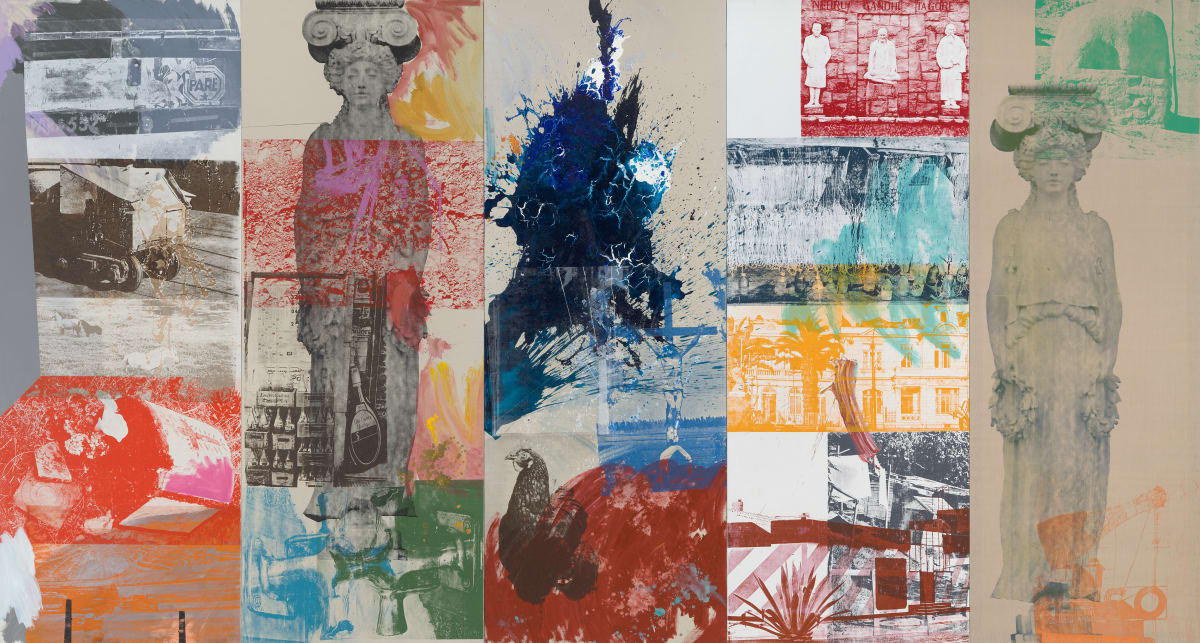Our upcoming exhibition is dedicated to six new works by Peter Halley.
Peter Halley was born in New York in 1953 and studied at Yale University and New Orleans in the 1970s. Halley's works, which are characterised by cool-intellectual, geometric cell and board structures, are now part of the established canon of international museums of contemporary art. The most comprehensive and art-historically meticulous presentation of his work to date took place in 1998 at the Folkwang Museum, Essen.
Characteristic of Peter Halley's work seems to be the merging of two possible readings: on the one hand, they appear as compositions in the sense of concrete art or as an ironic commentary on the geometric abstraction of the 1950s/60s and, on the other hand, as a socio-critical sociogram. Zdenek Felix wrote about this second level of meaning in 1990 that "the power of colour as well as the geometry of form, however, is no longer transfigured by Halley in the romantic and mystical sense. Instead, he sees these pictorial functions in close connection with urban reality and modes of communication. Halley contrasts the geometrization of life, the creeping seizure of power by the ordering systems of computers and automatons, with an illusionless view of reality.
Halley's pictures have different levels of meaning. Oliver Kalus speaks of five pictorial levels, the combination of which is a prerequisite for the decoding of Halley's pictures. On the first level analogies to styles of abstraction can be seen. The artist takes up compositional techniques of Hard-Edge and Colorfield painting as well as Minimal Art. On the second level he uses colour contrasts, compositional measures and materials. The third level is reinforced by simple picture titles. In this way the forms are bound to objects of extra-pictorial reality. On the fourth level, according to Kalus, the depicted objects are defined more closely by texts. The texts enliven the images and make them readable, while on the fifth level the texts integrate the images into the general framework of a theory.














































































































































































